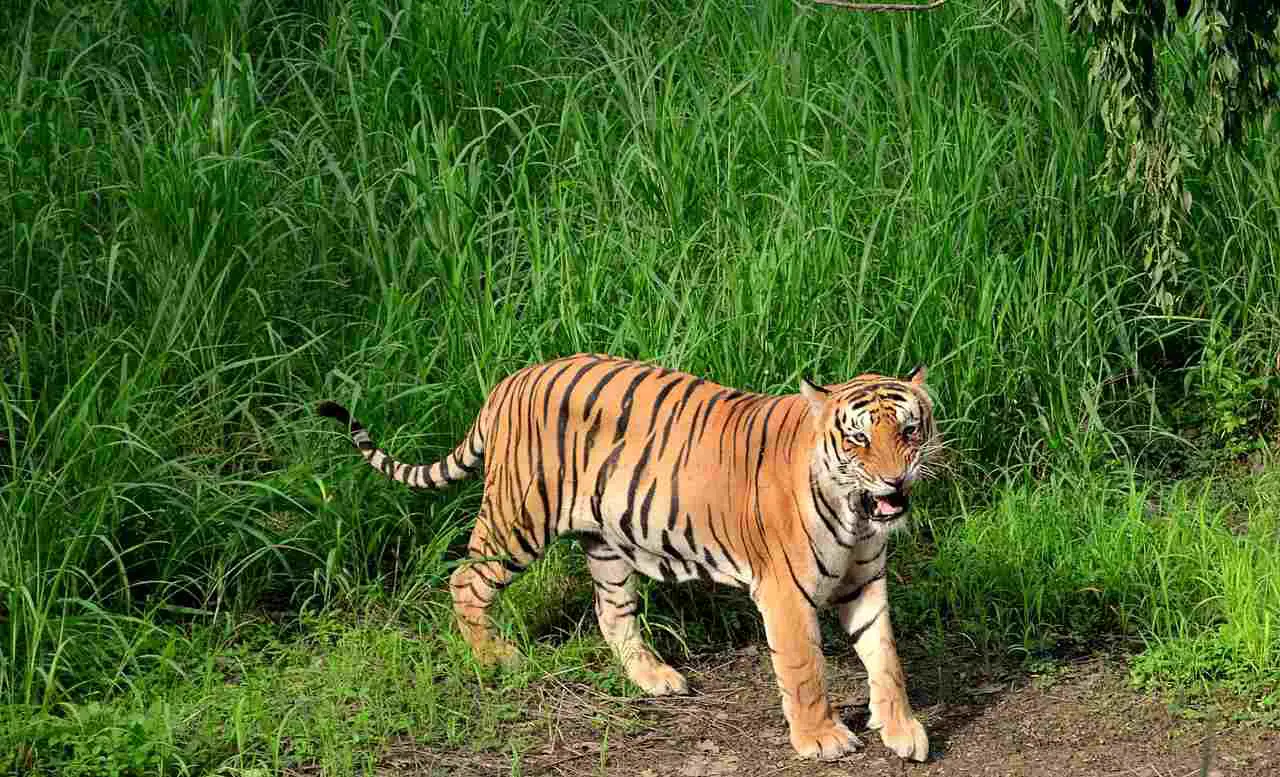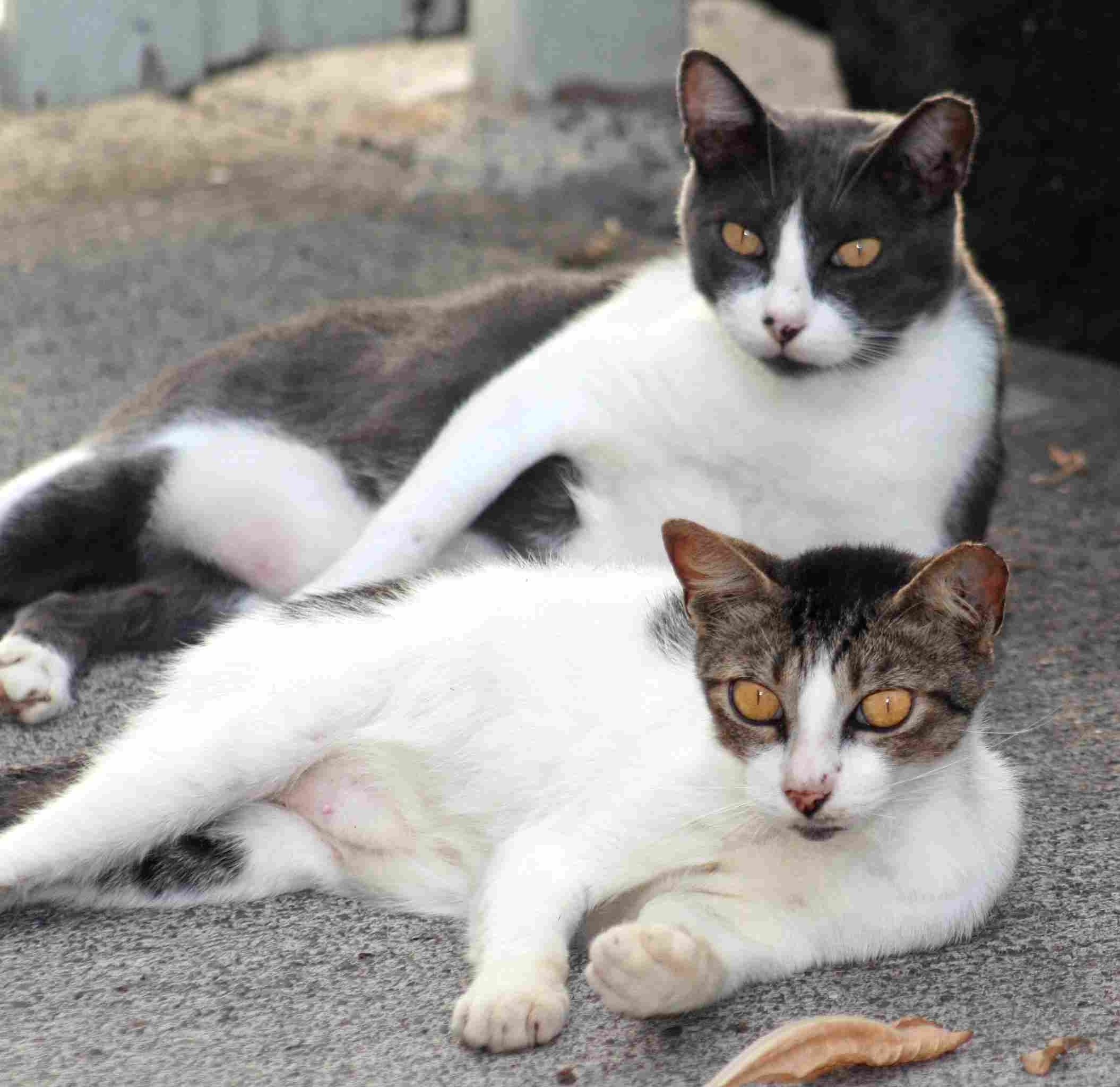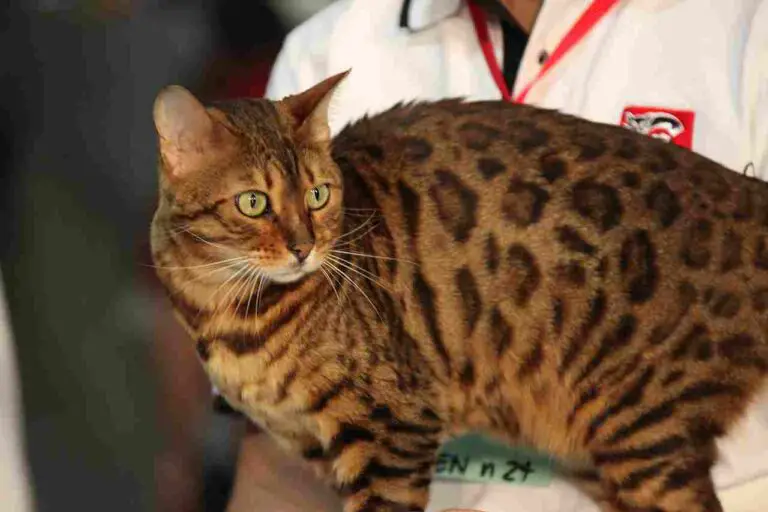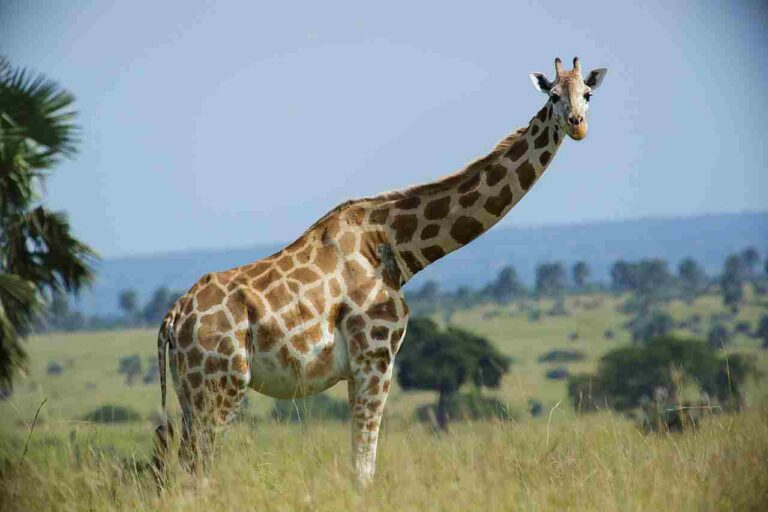Cat Vs Tiger Strength, Size, Weight. Overall Comparison
Examining the hypothetical scenario of a domestic cat confronting a tiger emphasizes the stark differences within the feline family. While cats and tigers share a common feline ancestry, their significant variations in size, strength, and predatory capabilities highlight the immense gap between them. In a hypothetical confrontation, a tiger, with its larger size, superior strength, and formidable predatory features, would easily overpower and kill any breed of domestic cat.
Cat vs Tiger: Navigating Hypothetical Dynamics
I. Feline Relation:
– Cats and tigers share a common feline ancestry, belonging to the Felidae family. Despite this shared lineage, the distinctions in size and characteristics are profound.
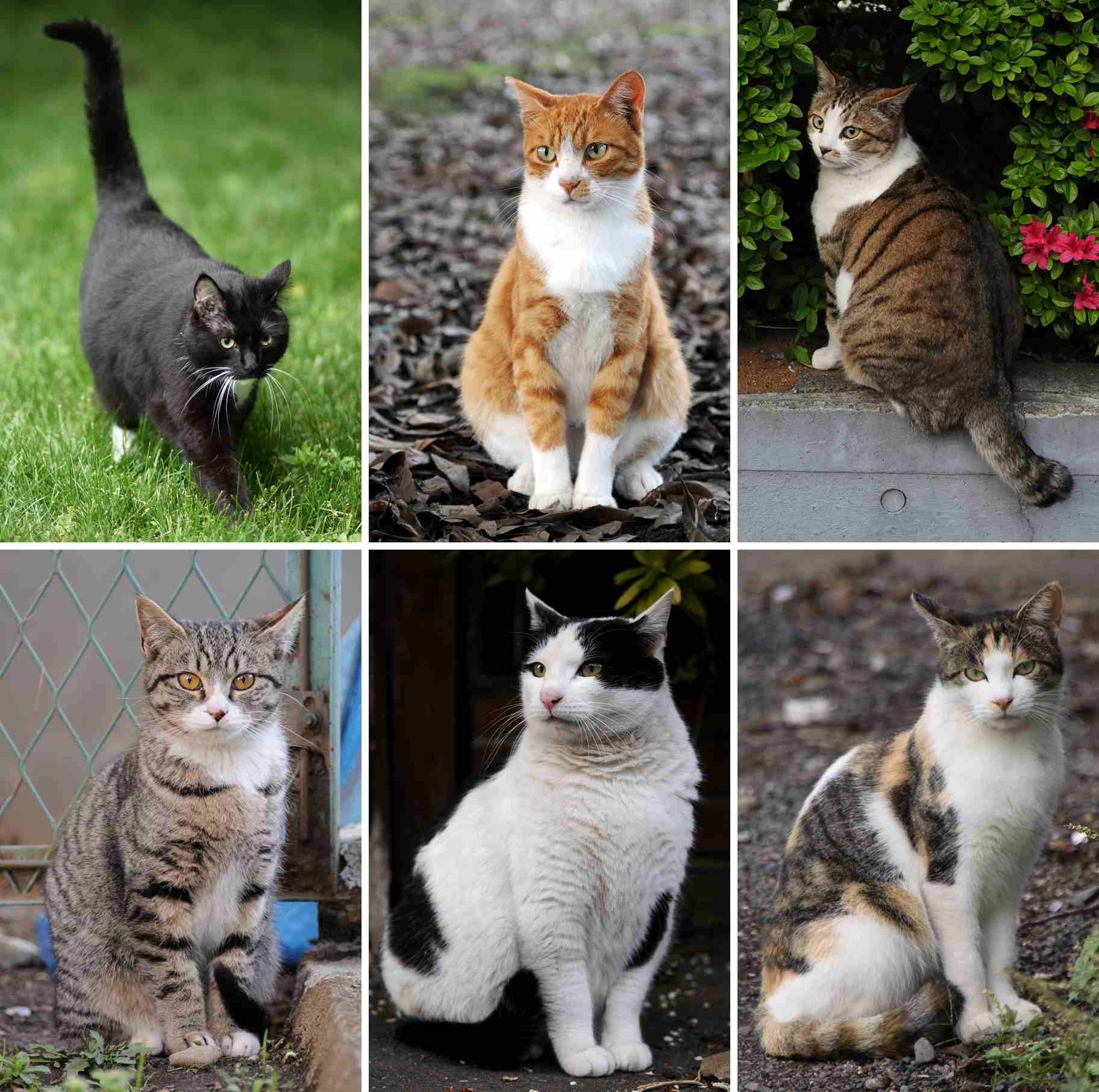
II. Size and Strength Disparity:
– Tigers, being much larger, heavier, and stronger, possess a considerable advantage over domestic cats. The size difference alone contributes to an immense power gap in a hypothetical confrontation.
III. Aggressive Nature:
– Tigers are inherently more aggressive as apex predators in the wild, reflecting their survival instincts and hunting prowess. This contrasts sharply with the domestic cat’s generally more docile and domesticated demeanor.
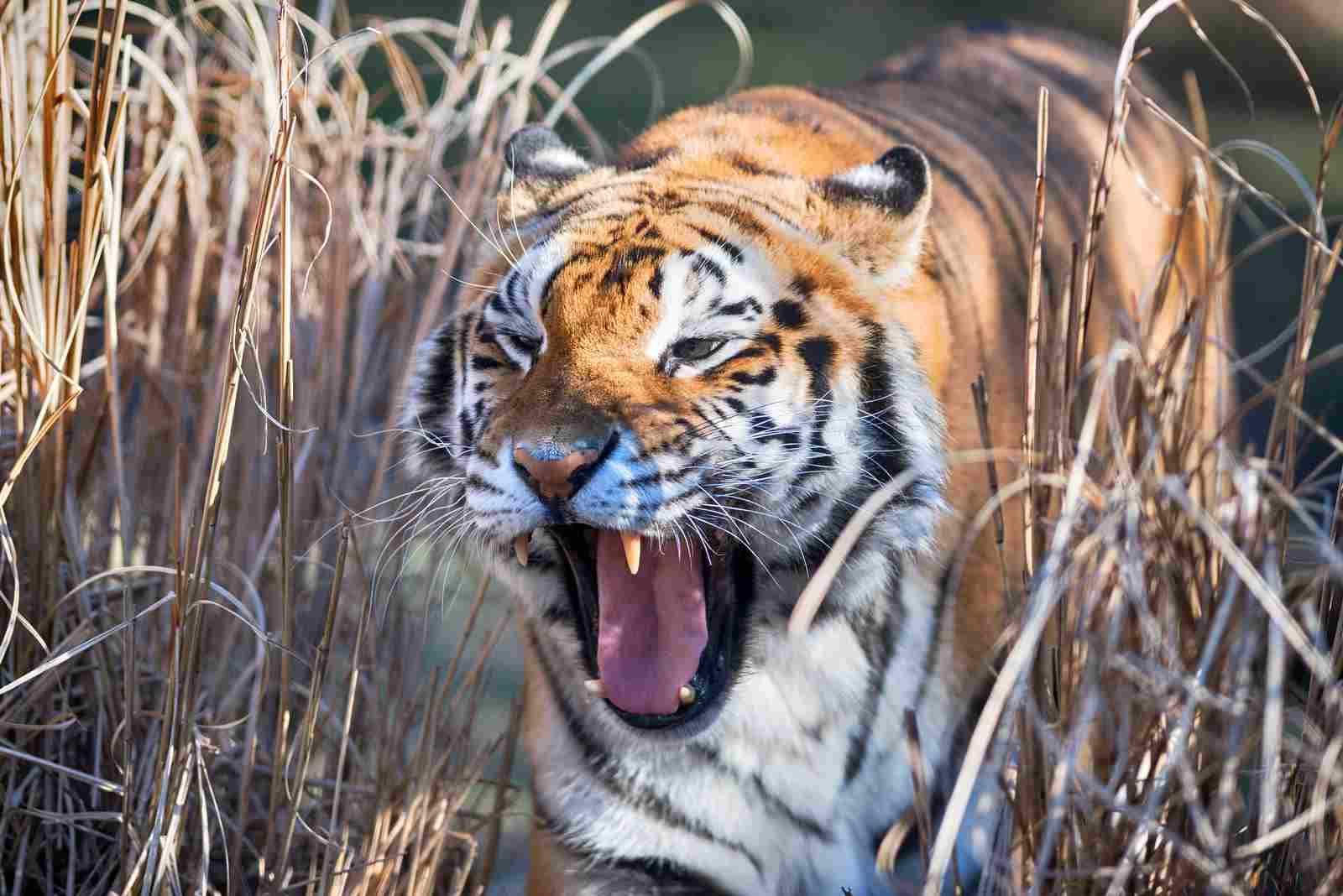
IV. Predatory Features:
– Tigers are equipped with far superior predatory features, including sharp claws, powerful jaws, and exceptional hunting skills. In a hypothetical encounter, these features would enable a tiger to easily overpower a domestic cat.
V. Imbalance in Predatory Hierarchy:
– The predatory hierarchy within the feline family places tigers at the top due to their size and predatory capabilities. Domestic cats, while possessing hunting instincts, are far below tigers in this hierarchy.
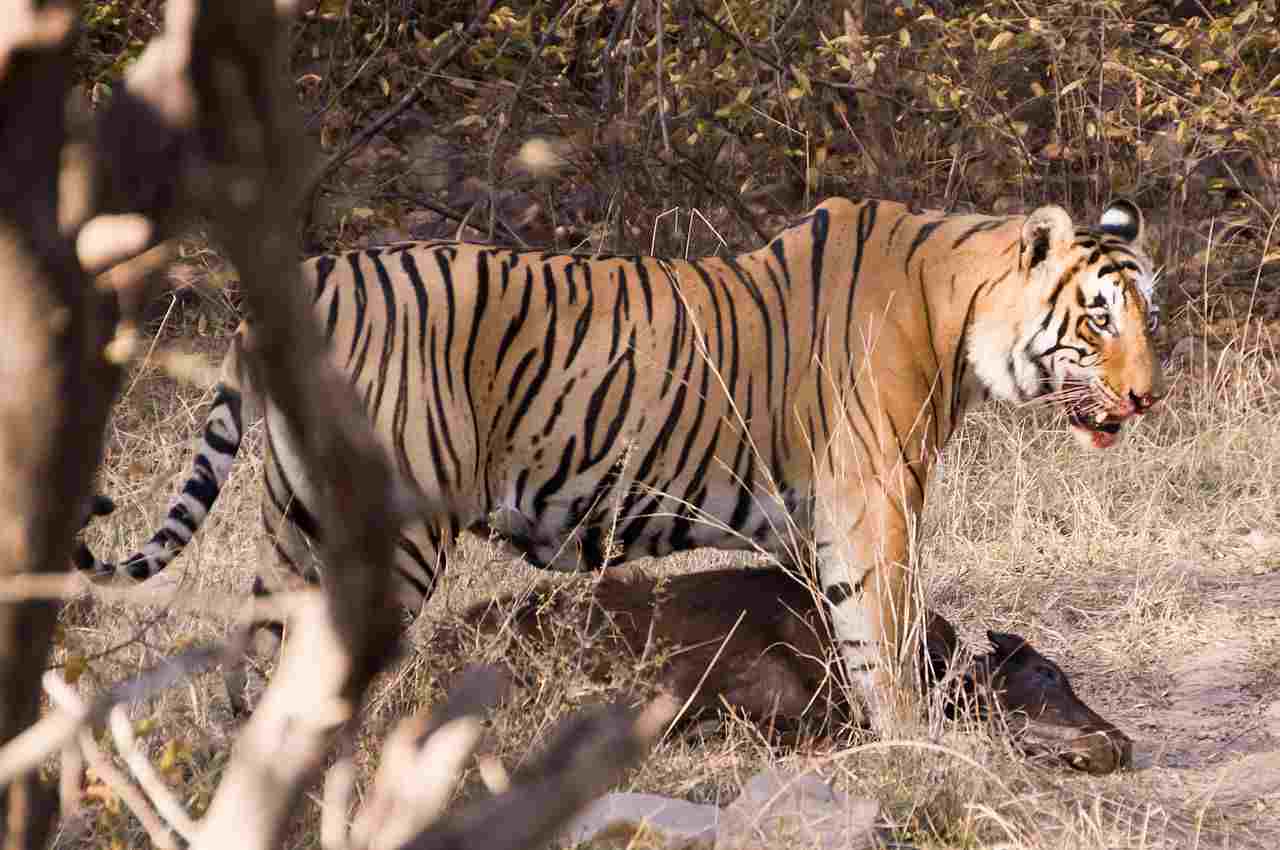
VI. Real-Life Considerations:
– It is essential to emphasize that real-life confrontations between domestic cats and tigers are highly unlikely due to their disparate environments and living conditions. Domestic cats are not natural prey for tigers in their typical habitats.
VII. Safety Measures:
– Ensuring the safety of domestic cats involves responsible pet ownership, including keeping them in secure indoor environments and minimizing potential interactions with larger predatory species like tigers.
VIII. Appreciating Feline Diversity:
– Understanding the vast differences within the feline family, from domestic cats to majestic tigers, highlights the rich diversity of these species and the importance of coexistence within their respective environments.
*Details of Comparison
| Criteria | Domestic Cat | Tiger |
| Size and Appearance | Varies widely, adaptable |
Large, powerful build, distinctive stripes
|
| Weight | Few pounds to 20 pounds |
Males: 400 to 700 pounds
|
| Bite Force (PSI) | 50 to 150 PSI |
Around 1,000 PSI
|
| Physical Advantages | Sharp claws, agility, quick reflexes |
Powerful build, strong limbs, speed, stealth
|
| Speed and Agility | Up to 30 mph, high agility |
Up to 40 mph, impressive agility
|
| Senses | Heightened senses |
Heightened senses
|
| Overall Physical Capacity | Versatile hunting vs large-scale hunting |
Higher capacity for large-scale hunting
|
| Habitat Preference | Adaptable to various environments |
Prefers natural habitats
|
| Tracks | Smaller, less distinct prints |
Larger, more distinct prints
|
| Lifespan | 12-15 years | 10-15 years |
| Mode of Feeding | Carnivorous, smaller prey |
Carnivorous, larger prey
|
| Intelligence | Problem-solving, social intelligence |
High cognitive abilities
|
| Social Behavior | Varied social tendencies |
Generally solitary
|
| Reproduction & Parental Behavior | Polyestrous, multiple litters |
Monestrous, fewer cubs, maternal care
|
| Proximity to Humans | Lives in close proximity |
Inhabits remote, natural areas
|
| Behavior Toward Humans | Can form strong bonds |
Tends to avoid direct interactions
|
| Danger Posed to Humans | Generally not dangerous |
Can pose significant danger
|
| Associated Precautions | Routine care, vaccinations |
Stringent precautions needed
|
| Conservation Status | Not endangered |
Endangered, conservation efforts crucial
|
1. Taxonomy:
Cat:
Kingdom: Animalia
Phylum: Chordata
Class: Mammalia
Order: Carnivora
Family: Felidae
Genus: Felis (domestic cats – Felis catus)
Species: Various, depending on the specific cat breed
Tiger:
Kingdom: Animalia
Phylum: Chordata
Class: Mammalia
Order: Carnivora
Family: Felidae
Genus: Panthera
Species: Tigris (specifically for the tiger)
2. Appearance:
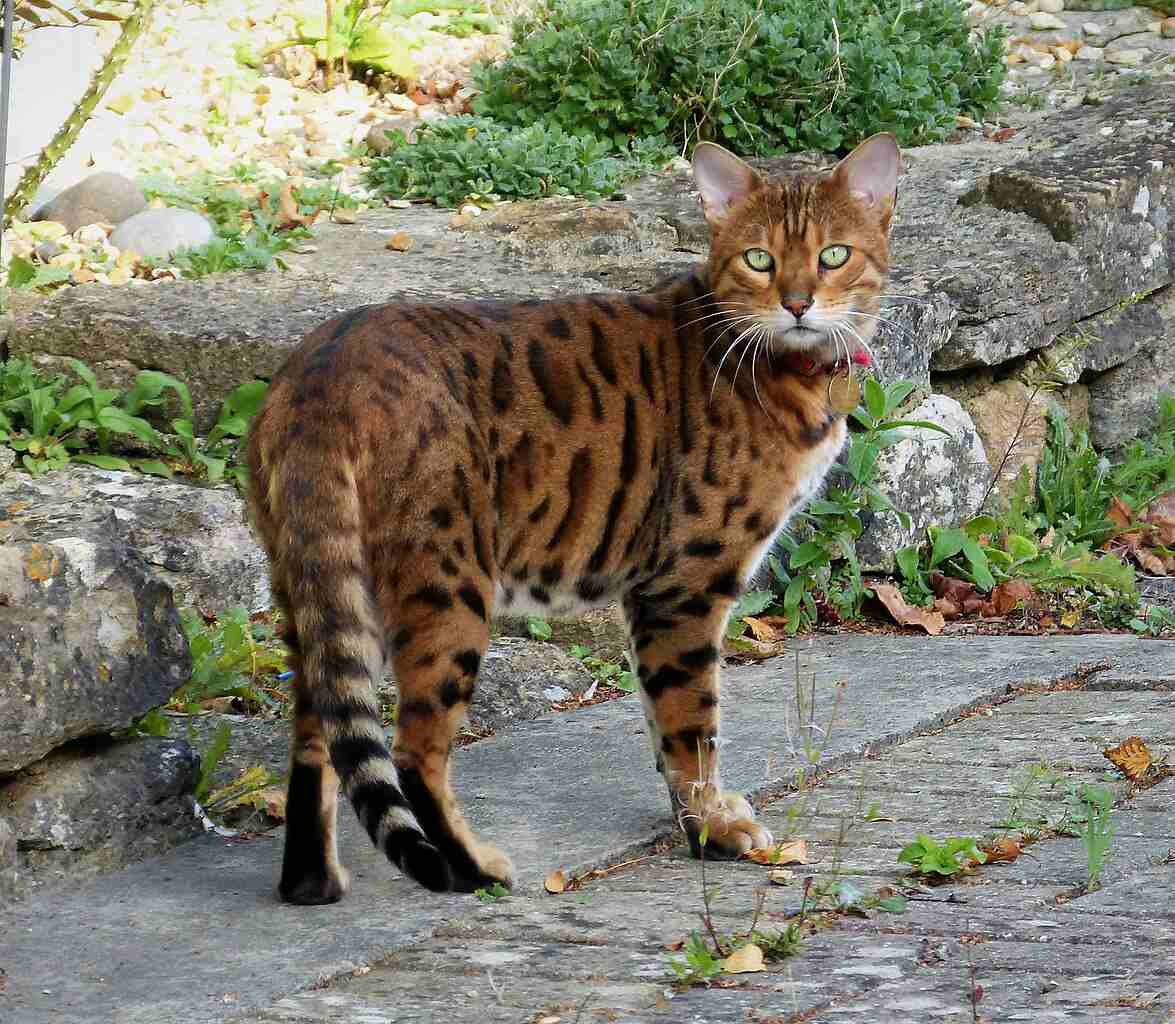
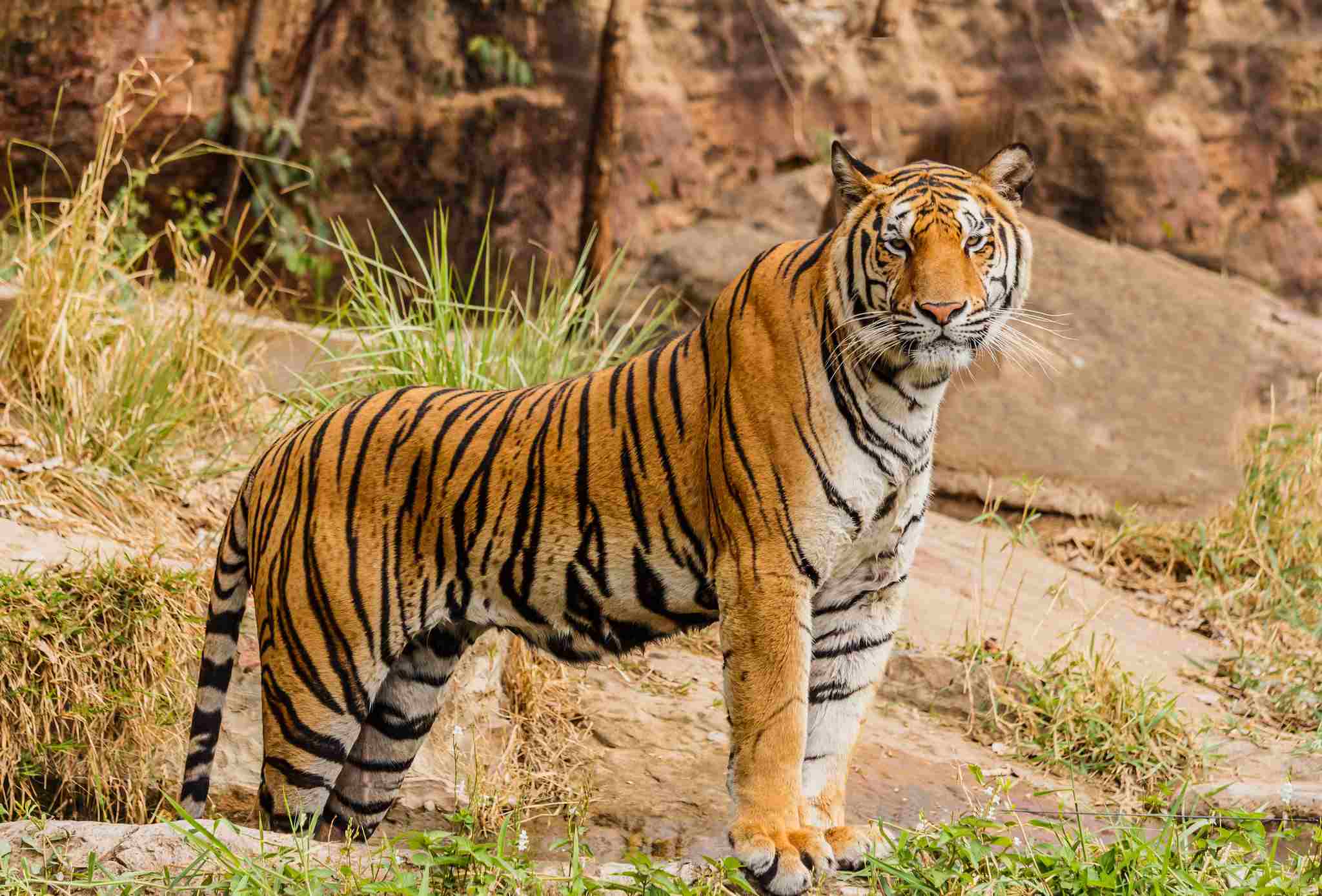
Cat:
Typically smaller in size, with various breeds displaying diverse fur patterns and colors.
Domestic cats have a more varied appearance due to selective breeding.
Adapted to both indoor and outdoor environments, with variations in coat length, ear shape, and tail size.
Tiger:
Large, powerful build with distinctive orange fur and dark vertical stripes.
Well-adapted for camouflage in their natural habitats, such as forests and grasslands.
Prominent facial features and a robust physique, emphasizing their role as apex predators.
Comparison:
Cats exhibit significant size and appearance variations due to selective breeding, while tigers maintain a distinct, powerful appearance.
Ecological Implications:
Domestic cats may have less impact on their surroundings due to smaller size and adaptability.
Tigers play a crucial role in maintaining ecological balance as apex predators, influencing prey populations and vegetation dynamics.
3. Size:
Cat:
Varies widely based on breed, typically ranging from a few pounds to around 20 pounds for larger breeds.
Compact size adapted for both indoor living and hunting in diverse environments.
Tiger:
Considerably larger than domestic cats, with adult males weighing between 400 to 700 pounds.
Females are smaller but still significantly larger than domestic cats.
Comparison:
Tigers are substantially larger than domestic cats, reflecting their distinct roles in the ecosystem as apex predators.
Ecological Implications:
Tiger size contributes to their position at the top of the food chain, influencing prey populations and overall ecosystem dynamics.
4. Weight:
Cat:
Weight varies widely, with smaller breeds weighing as little as 5 pounds, while larger breeds may reach 20 pounds or more.
Domestic cats have diverse weight ranges depending on factors like breed, age, and diet.
Tiger:
Adult males weigh between 400 to 700 pounds, while females are generally smaller but still significantly heavier than domestic cats.
Comparison:
Tigers are several times heavier than domestic cats, underlining their distinct ecological roles.
Ecological Implications:
The weight of tigers influences their hunting strategies and impact on prey populations, playing a vital role in maintaining ecosystem balance.
5. Bite Force (PSI – Pounds per Square Inch):

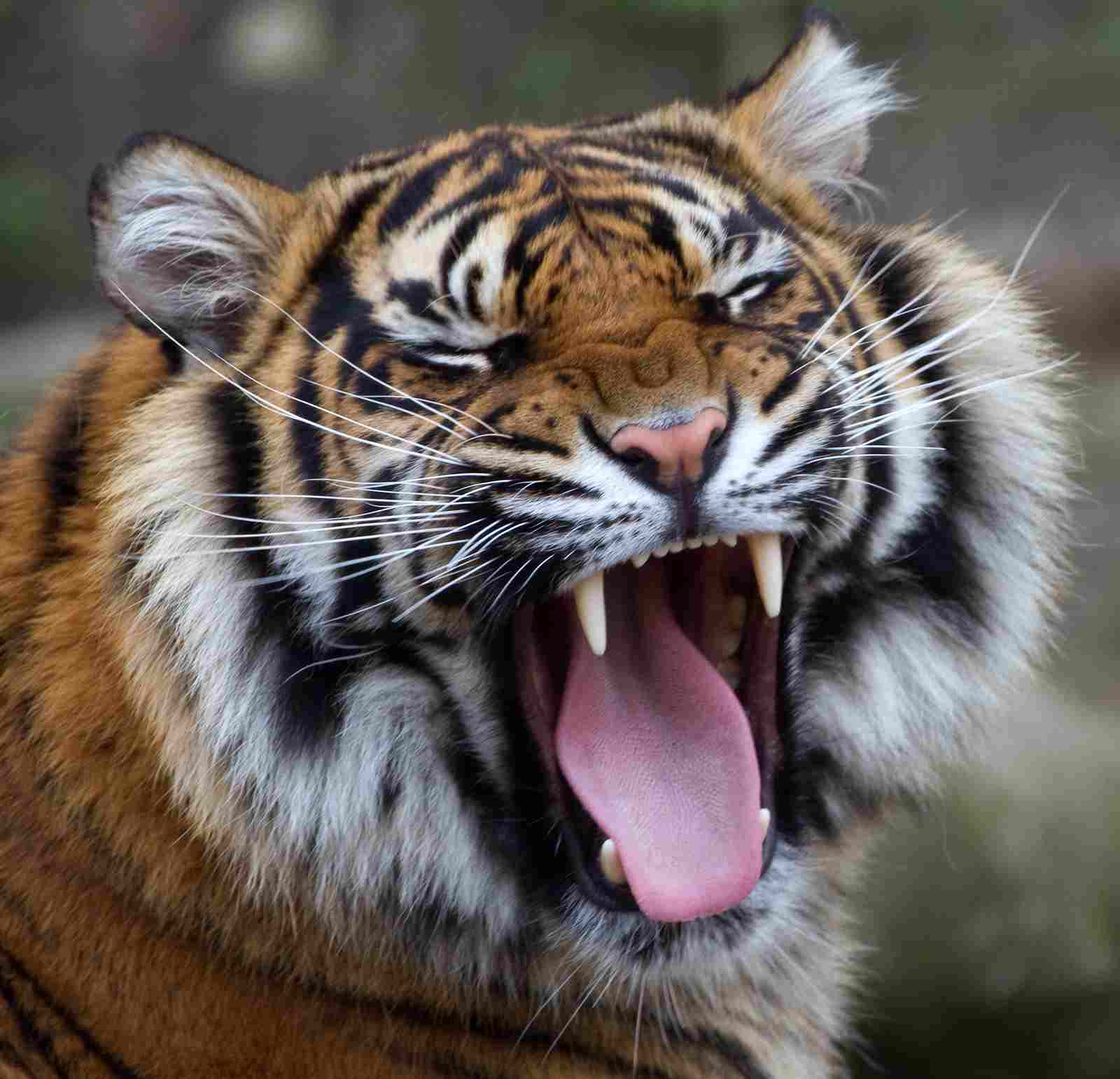
Cat:
Domestic cats have a bite force ranging from 50 to 150 PSI, varying based on size and breed.
Bite force primarily adapted for hunting small prey and self-defense.
Tiger:
Tigers possess a powerful bite force, estimated to be around 1,000 PSI.
Adapted for subduing large prey in the wild.
Comparison:
Tigers exhibit a significantly higher bite force than domestic cats, reflecting their roles as apex predators in the wild.
Ecological Implications:
The strong bite force of tigers is crucial for efficiently hunting and consuming larger prey, contributing to the regulation of prey populations in their ecosystems.
6. Physical Offensive Advantages:
Cat:
Sharp claws and teeth adapted for hunting small prey and self-defense.
Agility and quick reflexes aid in stalking and capturing prey.
Tiger:
Powerful build and strong limbs for tackling large prey.
Exceptional speed and stealth enhance their ability to ambush and overpower prey.
Comparison:
Tigers possess enhanced physical offensive advantages tailored for subduing larger prey, contrasting with the smaller-scale hunting abilities of domestic cats.
Ecological Implications:
Tiger offensive capabilities contribute to maintaining balance in ecosystems by controlling populations of larger herbivores.
7. Physical Defensive Advantages:

Cat:
Agility and speed for evading predators and escaping danger.
Ability to climb trees or hide in small spaces as defensive strategies.
Tiger:
Camouflage and stealth aid in avoiding potential threats.
Powerful physique and sharp claws act as defensive tools against predators or rivals.
Comparison:
Domestic cats rely on agility and speed, while tigers combine these traits with a robust physique to defend against larger threats.
Ecological Implications:
Tigers’ defensive adaptations contribute to their survival and overall impact on the ecosystem by minimizing potential threats.
8. Speed (Km/hour or Mile/hour):
Cat:
Domestic cats can reach speeds of up to 30 miles per hour (48 km/h) in short bursts.
Quick bursts of speed aid in hunting and escaping predators.
Tiger:
Tigers can reach speeds of approximately 40 miles per hour (64 km/h) in short sprints.
Enhanced speed is crucial for successful hunting in their natural habitats.
Comparison:
Tigers demonstrate slightly higher speeds than domestic cats, aligning with their larger-scale hunting requirements.
Ecological Implications:
Tiger speed is a key factor in their effectiveness as apex predators, enabling successful pursuit and capture of prey.
9. Agility:
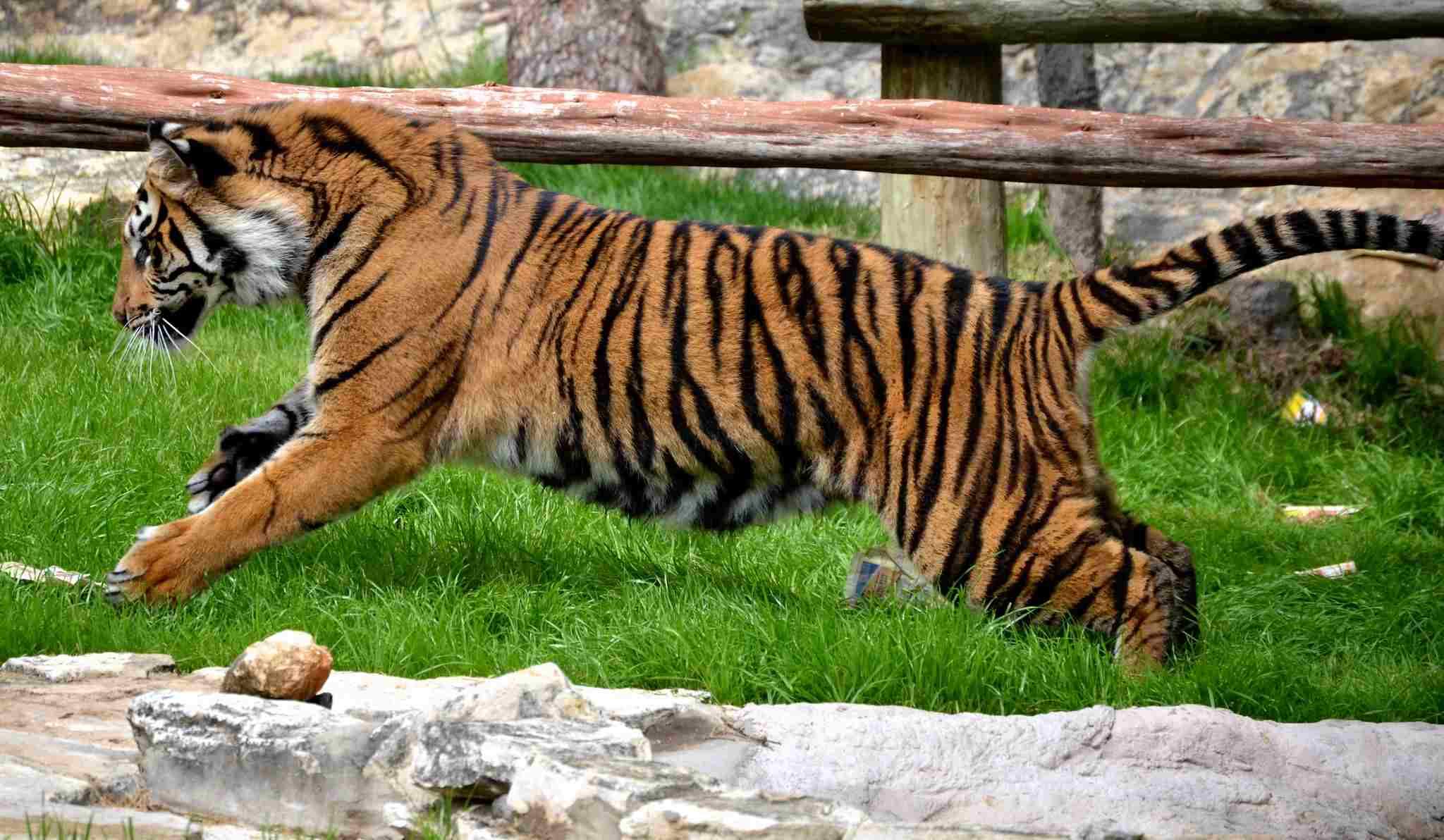
Cat:
Domestic cats display exceptional agility, allowing them to navigate various terrains and environments.
Agile movements aid in hunting, climbing, and escaping threats.
Tiger:
Tigers exhibit impressive agility, essential for navigating dense vegetation and ambushing prey.
Agile movements contribute to their success as apex predators.
Comparison:
Both domestic cats and tigers showcase high agility, adapted to their respective scales of hunting and survival.
Ecological Implications:
The agility of both species influences their ecological roles, aiding in hunting, avoiding threats, and overall survival in their habitats.
10. Senses:
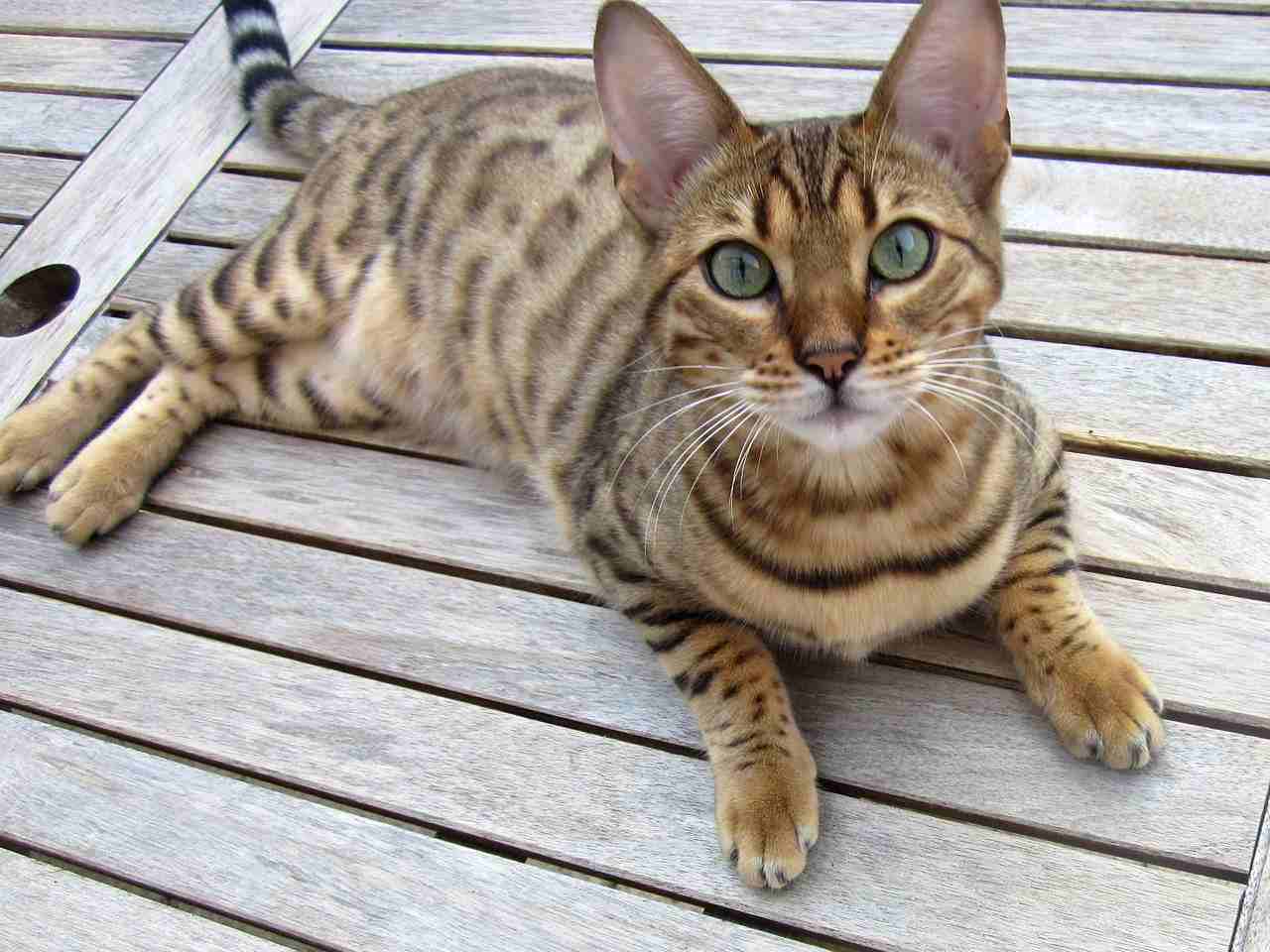
Cat:
Well-developed senses of hearing and night vision.
Whiskers aid in navigating and sensing their surroundings.
Tiger:
Keen senses of sight, smell, and hearing.
Whiskers play a role in detecting changes in their environment.
Comparison:
Both cats and tigers possess heightened senses, adapted to their respective environments and hunting strategies.
Ecological Implications:
Enhanced senses contribute to efficient hunting, territorial awareness, and overall survival in their ecological niches.
11. Overall Physical Capacity:

Cat:
Moderate physical capacity suited for smaller-scale hunting and domestic living.
Adaptability to diverse environments enhances overall survival.
Tiger:
Robust physique and high endurance for large-scale hunting and survival in challenging habitats.
Overall physical capacity reflects their role as apex predators.
Comparison:
Tigers exhibit a higher overall physical capacity, tailored for their position as top predators, in contrast to the more versatile capabilities of domestic cats.
Ecological Implications:
The overall physical capacity of tigers influences their impact on ecosystem dynamics by shaping their role in controlling prey populations.
12. Habitat Preference(s):
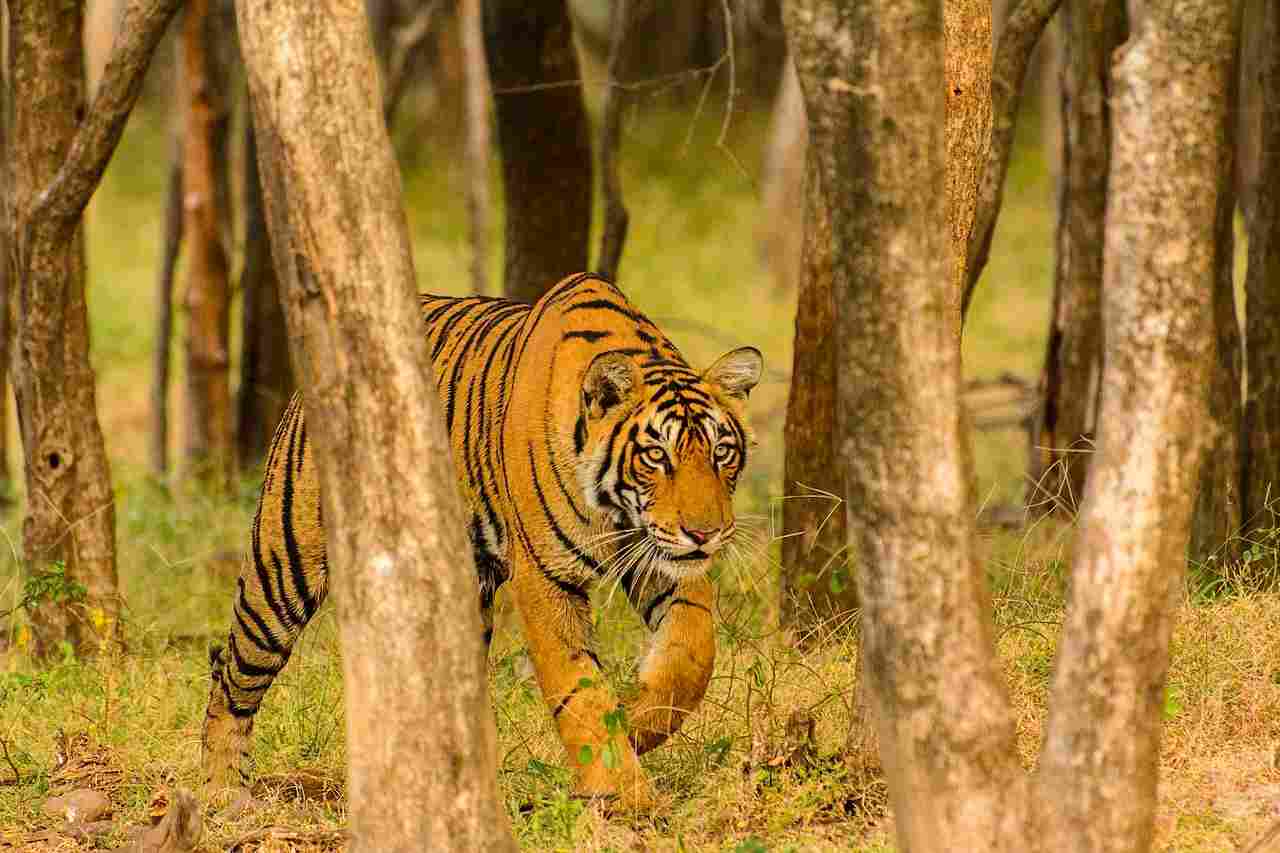
Cat:
Domestic cats adapt to various environments, including urban, suburban, and rural areas.
Can thrive indoors or outdoors based on their living conditions.
Tiger:
Prefer diverse habitats like forests, grasslands, and mangrove swamps.
Well-adapted to a range of ecosystems, but often associated with dense vegetation.
Comparison:
Domestic cats showcase adaptability to human-altered environments, while tigers exhibit preferences for specific natural habitats.
Ecological Implications:
Tigers’ habitat preferences contribute to their ecological roles, influencing prey populations and vegetation dynamics in their natural environments.
13. Tracks:
Cat:
Smaller, more delicate paw prints with retractable claws.
Paw prints may show variations based on individual size and breed.
Tiger:
Larger and more prominent paw prints with retractable claws.
Distinctive markings, including the pattern of toe pads and claws, contribute to identification.
Comparison:
Tiger tracks are significantly larger and more distinct than those of domestic cats.
Ecological Implications:
Tracking signs in the wild aid in monitoring and understanding the distribution and behavior of these species, contributing to conservation efforts.
14. Lifespan:
Cat:
Domestic cats generally live around 12 to 15 years on average.
Lifespan can vary based on factors such as breed, genetics, and living conditions.
Tiger:
Wild tigers have a lifespan of approximately 10 to 15 years.
Factors like environmental conditions and human-wildlife conflict can impact their lifespan.
Comparison:
Both domestic cats and tigers have relatively similar lifespans, influenced by various factors.
Ecological Implications:
Lifespan considerations are crucial for understanding population dynamics and the long-term impact of these species on their ecosystems.
15. Mode of Feeding:
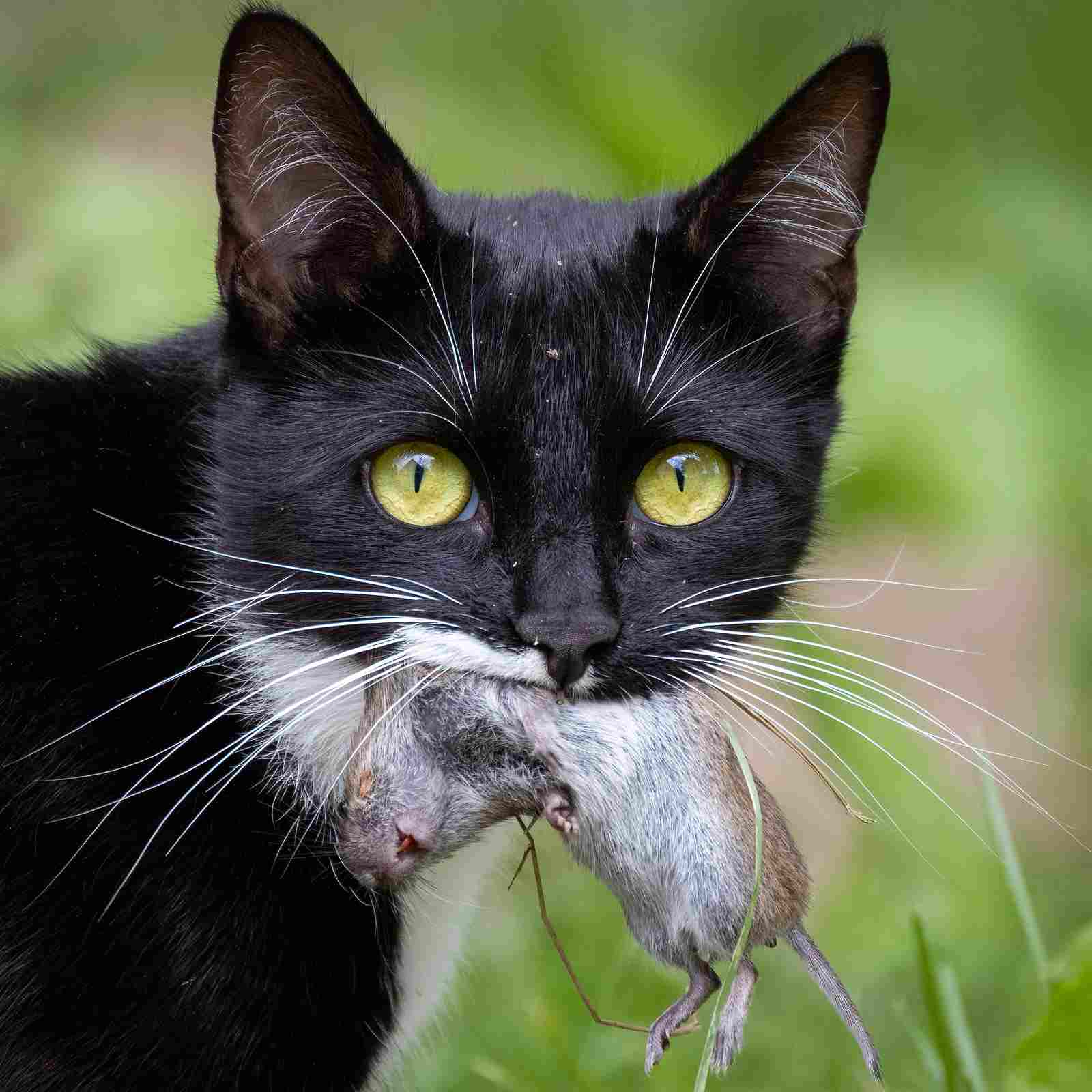
Cat:
Carnivorous diet, often relying on commercial cat food or prey such as birds and rodents.
Domestic cats may also exhibit opportunistic feeding behaviors.
Tiger:
Strictly carnivorous, preying on ungulates such as deer and wild boar.
Hunting is a critical aspect of their feeding behavior in the wild.
Comparison:
Both cats and tigers share a carnivorous diet, but the scale and types of prey differ significantly.
Ecological Implications:
The feeding behavior of tigers plays a vital role in controlling herbivore populations, influencing vegetation dynamics in their habitats.
16. Intelligence:
Cat:
Domestic cats display problem-solving skills and social intelligence.
Can learn and adapt to various environments and situations.
Tiger:
Tigers exhibit high cognitive abilities for hunting, problem-solving, and social interactions.
Recognized for their strategic approaches to hunting in the wild.
Comparison:
Both domestic cats and tigers showcase intelligence, adapted to their specific ecological roles.
Ecological Implications:
Cognitive abilities contribute to the adaptive behaviors necessary for survival and maintaining ecological balance.
17. Social Behavior:
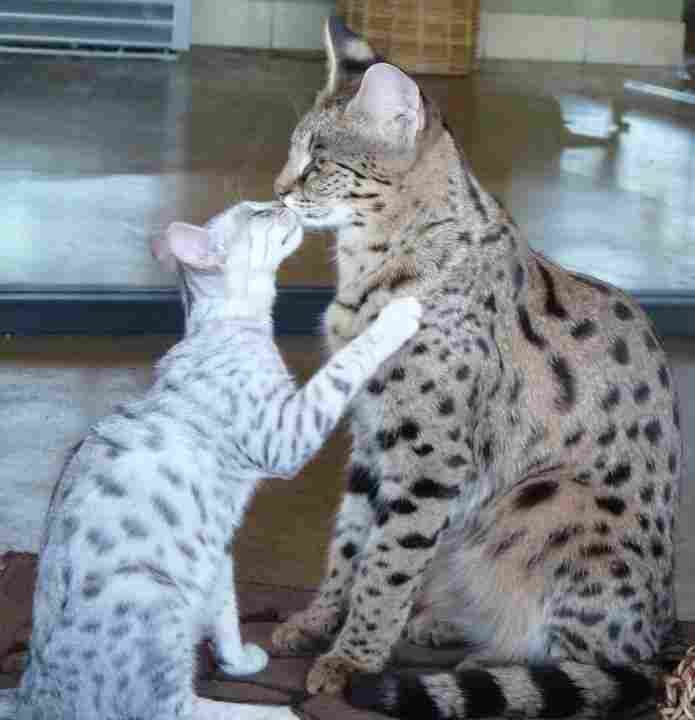
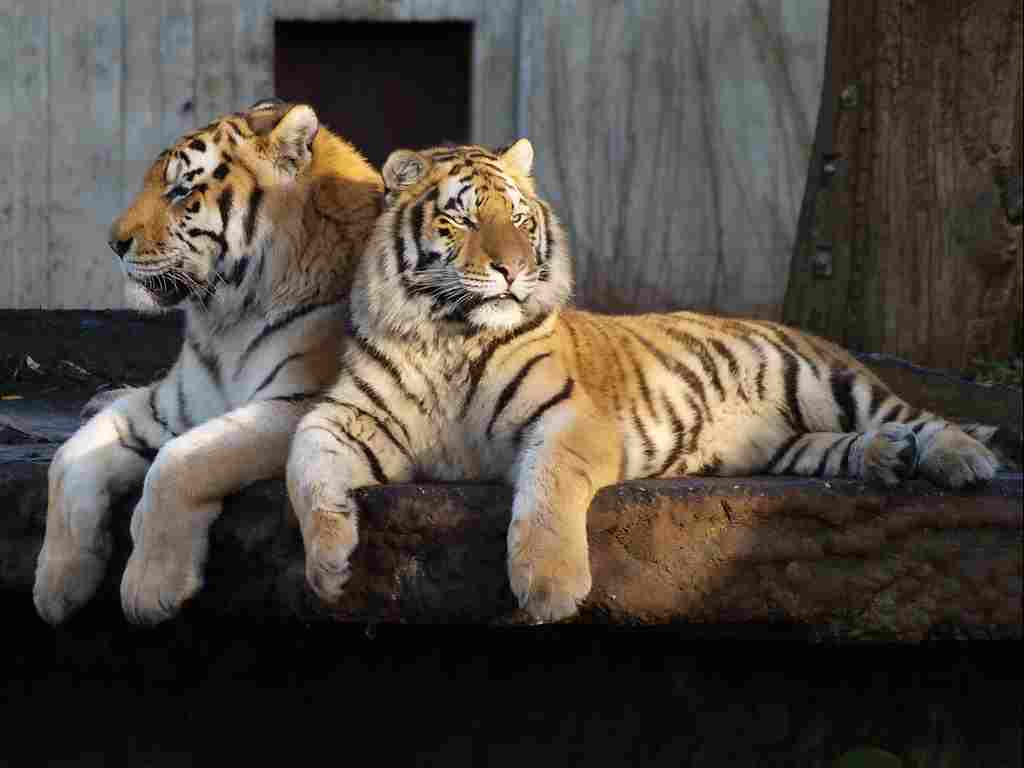
Cat:
Domestic cats display a range of social behaviors, from solitary to more social tendencies.
Can form bonds with humans and other animals.
Tiger:
Generally solitary animals, except during mating or when raising offspring.
Maintain territories to avoid conflicts with other tigers.
Comparison:
Domestic cats can exhibit more varied social behaviors, while tigers are predominantly solitary.
Ecological Implications:
Social behaviors impact both species’ roles in their ecosystems, influencing interactions with other individuals and contributing to overall ecological dynamics.
18. Mode of Reproduction:
Cat:
Domestic cats are polyestrous, meaning they can go into heat multiple times a year.
Can give birth to multiple kittens in a single litter, and the gestation period is around 63 days.
Tiger:
Tigers are typically monestrous, with females coming into heat once a year.
The gestation period for tigers is approximately 93 to 112 days, and they give birth to a small number of cubs.
Comparison:
While both species have similarities in reproductive cycles, the scale and number of offspring differ significantly.
Ecological Implications:
Reproductive strategies influence population dynamics and contribute to the conservation considerations for both domestic cats and tigers.
19. Parental Behavior:

Cat:
Domestic cat mothers provide care, including nursing, grooming, and protection to their kittens.
Kittens learn essential skills from their mothers before becoming independent.
Tiger:
Female tigers invest significant effort in raising and protecting their cubs.
Cubs stay with their mother for an extended period, learning essential survival skills.
Comparison:
Both domestic cats and tigers exhibit maternal care, but the scale and duration of parental behavior differ.
Ecological Implications:
Parental behaviors contribute to the survival and development of offspring, impacting population dynamics and ecological roles.
20. Proximity to Human-Inhabited Areas:
Cat:
Domestic cats often live in close proximity to human dwellings, including homes, farms, and urban areas.
Form close relationships with humans as pets or companions.
Tiger:
Generally, tigers inhabit remote, natural habitats away from dense human populations.
Human-tiger conflicts may arise in areas where their territories overlap.
Comparison:
Domestic cats have a much higher tolerance and proximity to human-inhabited areas compared to tigers.
Ecological Implications:
The proximity of tigers to human-inhabited areas poses challenges for conservation efforts and requires strategies to mitigate conflicts.
21. Behavior Toward Humans:
Cat:
Domestic cats can form strong bonds with humans, displaying affection and social behaviors.
Varied personalities, with some cats being more independent and others more sociable.
Tiger:
Wild tigers generally avoid human contact, but conflicts may occur, especially in areas where their habitats overlap with human settlements.
Captive tigers may exhibit different behaviors based on their upbringing and environment.
Comparison:
Domestic cats are more adaptable and amenable to coexisting with humans, while wild tigers tend to avoid direct interactions.
Ecological Implications:
The behavior of both species toward humans influences conservation efforts, captive management, and the potential for human-wildlife conflicts.
22. Danger Posed to Humans:
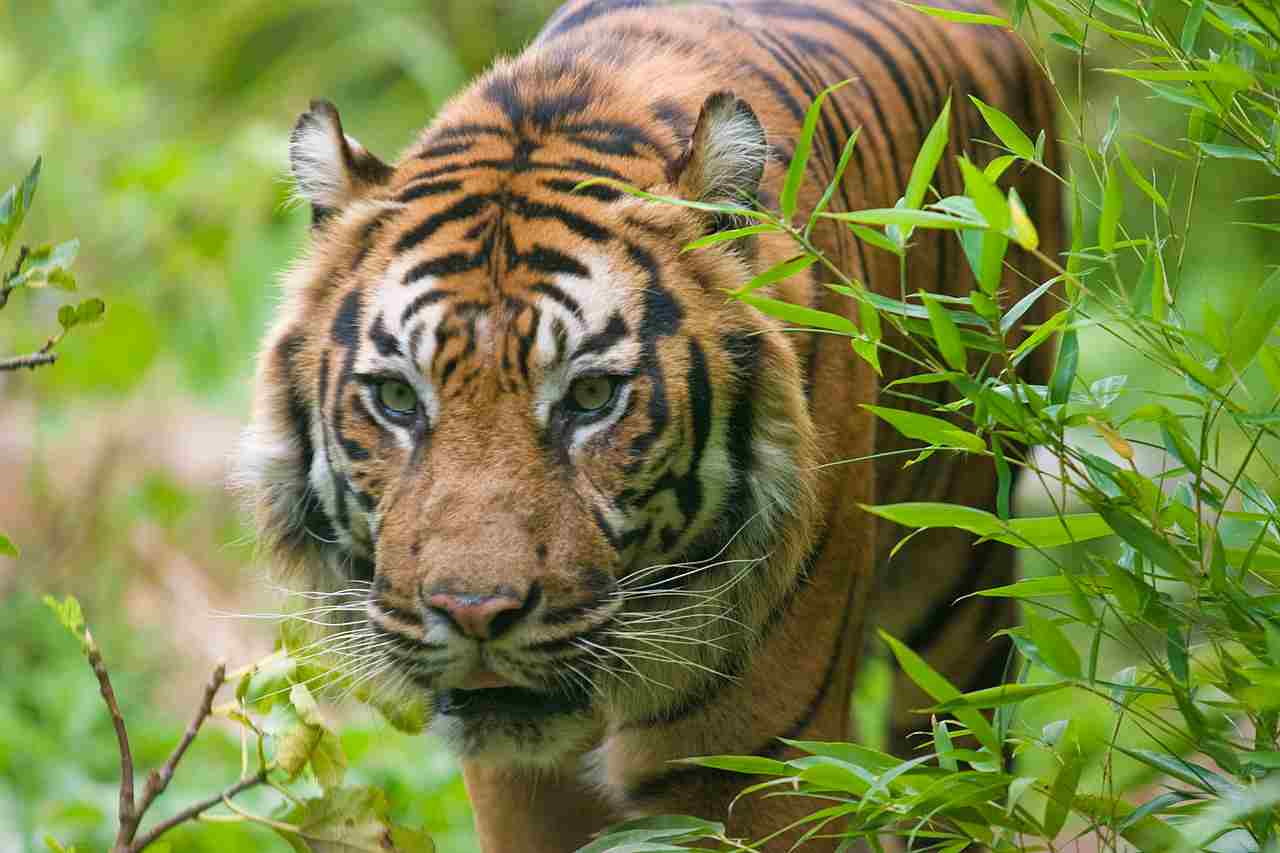
Cat:
Domestic cats are generally not considered dangerous to humans.
Rare cases of aggression are typically on a smaller scale and may result from fear or territorial behavior.
Tiger:
Wild tigers can pose a significant danger to humans, especially in instances of conflicts or if they perceive humans as threats.
Human-tiger conflicts may arise in areas where their habitats overlap with human settlements.
Comparison:
Tigers, due to their size and predatory nature, pose a more significant danger to humans compared to domestic cats.
Ecological Implications:
Managing human-tiger conflicts is crucial for both human safety and tiger conservation efforts.
23. Associated Precautions:
Cat:
Domestic cats typically do not require special precautions beyond routine care, vaccinations, and spaying/neutering.
Basic safety measures for households with cats, such as providing proper nutrition and regular veterinary check-ups.
Tiger:
Strict precautions are necessary in areas where tigers are present in the wild or in captivity.
Conservation efforts may involve measures like secure enclosures, monitoring, and public education to minimize human-tiger conflicts.
Comparison:
Tigers require more stringent precautions due to their size and potential danger, both in the wild and in captive settings.
Ecological Implications:
Implementing precautions for tigers contributes to the coexistence of humans and these apex predators in shared landscapes.
24. Conservation Status:
Cat:
Domestic cats are not considered endangered and have diverse populations worldwide.
Conservation efforts focus more on controlling feral cat populations and promoting responsible ownership.
Tiger:
Tigers are classified as endangered, with declining populations due to habitat loss, poaching, and human-wildlife conflicts.
International conservation initiatives aim to protect tiger habitats, combat poaching, and raise awareness about their endangered status.
Comparison:
Domestic cats have stable populations, while tigers face critical conservation challenges.
Ecological Implications:
Tiger conservation is essential for preserving biodiversity and maintaining healthy ecosystems.
Summary of Comparison
Size and Appearance:
Domestic cats: Vary widely, adaptable to diverse environments.
Tigers: Large, powerful build with distinctive orange fur and dark stripes, adapted for camouflage.
Weight:
Domestic cats: Typically a few pounds to 20 pounds.
Tigers: Males weigh 400 to 700 pounds.
Bite Force (PSI):
Domestic cats: 50 to 150 PSI.
Tigers: Around 1,000 PSI.
Physical Advantages:
Domestic cats: Sharp claws, agility, and quick reflexes.
Tigers: Powerful build, strong limbs, enhanced speed, and stealth.
Speed and Agility:
Domestic cats: Up to 30 mph, high agility.
Tigers: Up to 40 mph, impressive agility for their size.
Senses:
Both possess heightened senses adapted to their environments.
Overall Physical Capacity:
Tigers exhibit a higher capacity for large-scale hunting and survival.
Habitat Preference:
Domestic cats adapt to various environments, including human-inhabited areas.
Tigers prefer natural habitats like forests and grasslands.
Tracks:
Tiger tracks are significantly larger and more distinct than domestic cat tracks.
Lifespan:
Both have relatively similar lifespans, influenced by various factors.
Mode of Feeding:
Both are carnivorous, but tigers prey on larger animals.
Intelligence:
Both species showcase problem-solving skills and social intelligence.
Social Behavior:
Domestic cats vary in social behavior, while tigers are generally solitary.
Reproduction and Parental Behavior:
Domestic cats are polyestrous with multiple litters; tigers are monestrous with fewer cubs.
Both exhibit maternal care and teach essential survival skills.
Proximity to Humans:
Domestic cats live in close proximity to humans.
Tigers generally inhabit remote, natural habitats.
Behavior Toward Humans:
Domestic cats can form strong bonds with humans.
Tigers tend to avoid direct interactions with humans.
Danger Posed to Humans:
Tigers pose a more significant danger due to their size and predatory nature.
Associated Precautions:
Tigers require more stringent precautions in both wild and captive settings.
Conservation Status:
Domestic cats are not endangered.
Tigers are endangered, facing threats like habitat loss and poaching.
Conclusion
I. Similarities:
Both cats and tigers belong to the Felidae family, sharing common traits and adaptations as carnivorous mammals.
They exhibit intelligence, agility, and a range of behaviors suited to their respective environments.
II. Differences:
Size, habitat preferences, and ecological roles significantly differ between domestic cats and tigers.
Tigers face conservation challenges and are endangered, whereas domestic cats have stable populations and face different management issues related to overpopulation and feral cats.
